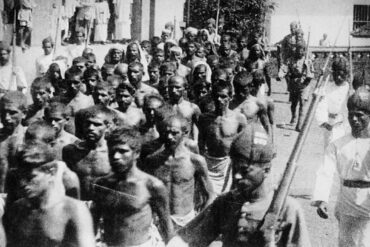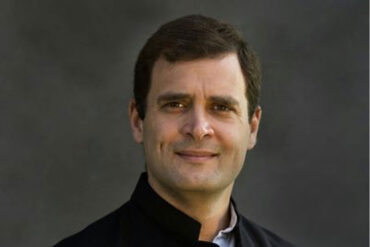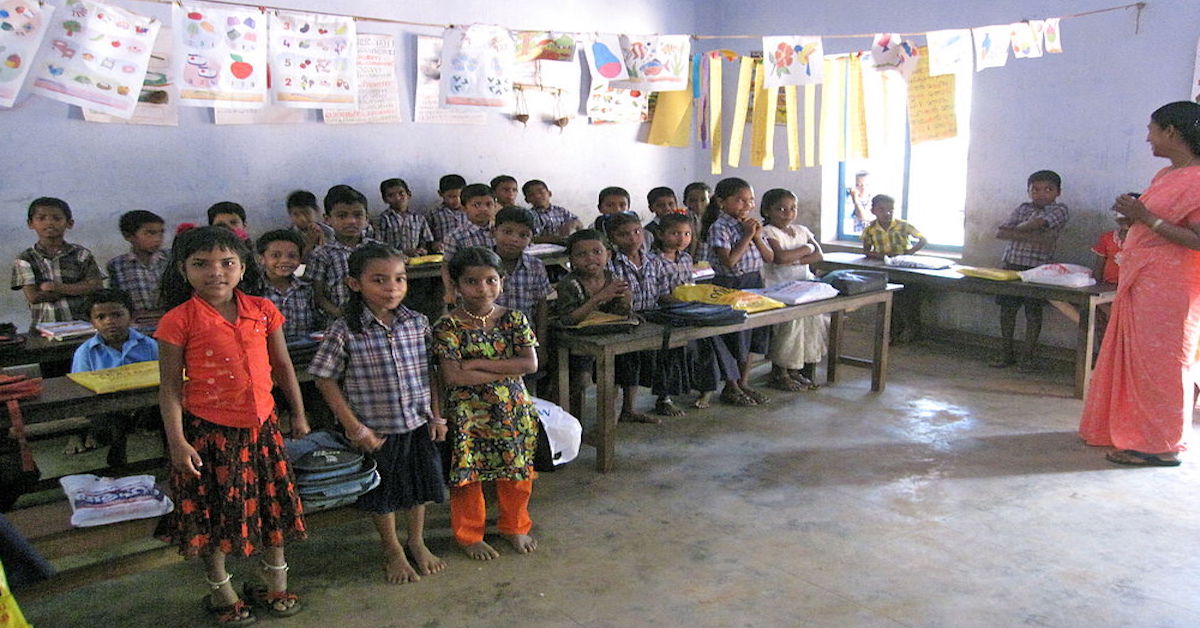For its reputation as a progressive state, here’s some good and bad news regarding the state’s population. While overall population growth in the State has remained stagnant or even declined- which means more and more people are using contraceptives, planning better and opting for smaller families, the ratio of girls to boys in the age group of 0-6 is 964 to 1000 as per the last census.
There has been a decline in the ratio of girl children especially in Malappuram region and in Trissur. However, it isn’t clear as to whether the result is due to selective abortion or due to smaller size of families.
As per a survey by the Integrated Child Development Scheme (ICDS), in rural areas, it is 960, whereas in urban areas is 958. The overall sex ratio of the state has gone down from 964 per 1000 males in 2011 to 961. However, it isn’t clear if it is due to female foeticide despite legal restrictions or family planning. The district of Thrissur is under scrutiny as the sex ratio is comparatively the lowest at 950.
The child population growth was recorded in negative in the 2011 census, with a dip of 8.44%. This is despite the government doing well in managing infant mortality rates. Other districts under the scanner as far as a skewed sex ratio among children goes are Idukki (-5) and Alappuzha (-5).
In 2015, Kerala registered lowest population growth as compared to the national population growth of 17.6% between 2005 and 2015. Even back in 2015, Idukki, Kottayam, Alappuzha, Kollam, Pathanamthitta and Thiruvananthapuram registered a lower growth rate.
Of the total population in the State, close to 64.1%is the working population while remaining 36% is the dependent population of which 12.6% are older dependents. The highest ratio of child population was however recorded in the Malappuram district with the lowest being in Pattanamthitta. Population of children in the age group of 0-6 on the whole is in decline.
“I don’t think this (declining female population) should be viewed as a serious problem as yet. Because, there is no proof as to whether or not selective abortion is taking place. In fact, as opposed to other states like Haryana where female population is literally dwindling, we still are decently placed. The problem is that of overall decline in population or negative population growth. What is really taking place is that sizes of families are shrinking and families often opt to stop after one child. So though there might be a decline in the rate of female children and discussions around the same, our overall sex ratio remains healthy,” says Mini Sukumar, Assistant Professor, Department of Women’s Studies, University of Calicut. In fact, she feels there is an increase in the population of dependent women, especially in the age group of 60 and above and the State is being ignorant about their conditions.
“The skewed ratio of female children is a sad reality. This is especially true in the Malappuram area where selective abortions still take place. There is a strong preference for male children as females are still viewed as a financial liability. Despite the enforcement of Pre-Conception and Pre-Natal Diagnostic Techniques (PCPNDT) Act, ultrasounds and abortions are still illegally conducted by doctors. There are even instances where women undergo multiple pregnancies for a male child. Many times, women give in to selective abortion too, as they don’t want their daughters to suffer the way they did. Even today, heavy dowry is paid by the bride’s family which is often used to buy consumer goods like cars or to pay off debts. And hence, male children are viewed as money coming into the family while female children are viewed as money going out. And hence, women still end up being viewed as second rate citizens,” says Sandhya Raju, Advocate and Director of Human Rights Law Network, Kochi.
According to K Thulasi, former member of the Women’s Commission Kerala, “There is a possibility that female foeticide is still being practiced in our state despite restrictions by law. Or else, there wont be a sudden reflection of a skewed ratio in the population of female children. However, nothing can be done unless a formal survey or investigation is conducted in this regard. And even in the light of such a survey, no clinic will openly accept to have conducted selective abortions. Yes, the other reason could be because families decide to have fewer children, but the skewed ratio of female children needs to be checked.”
Is Kerala still being partial to the girl child under the veil of being a progressive state and being vocal about women’s rights?
Cover image courtesy: By Fabrice Florin from Mill Valley, USA, CC BY-SA 2.0 via Wikimedia Commons







